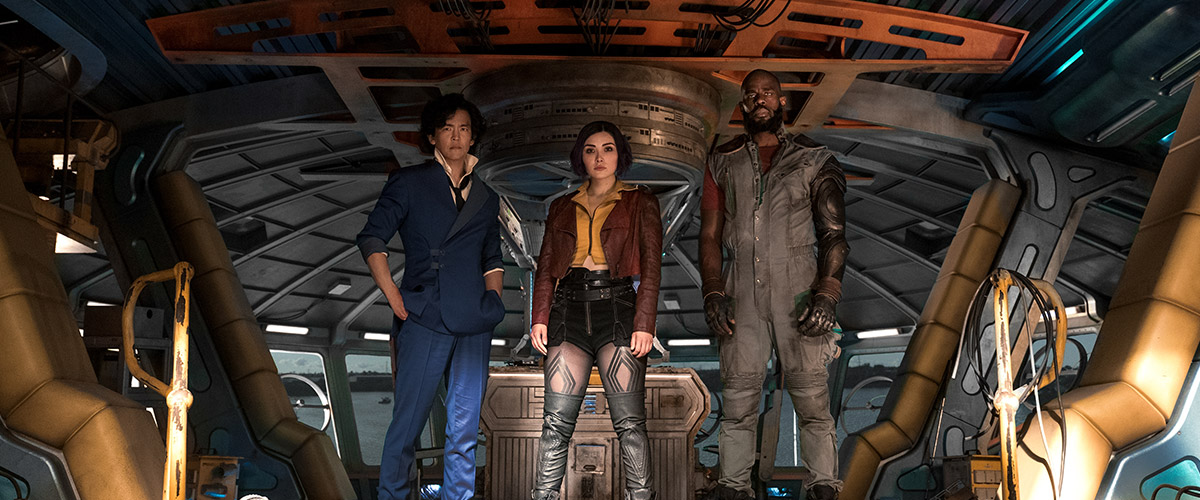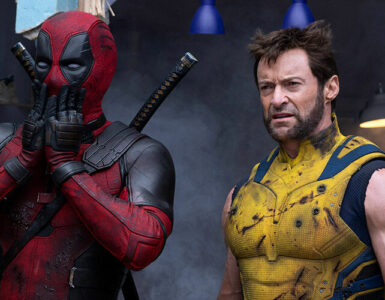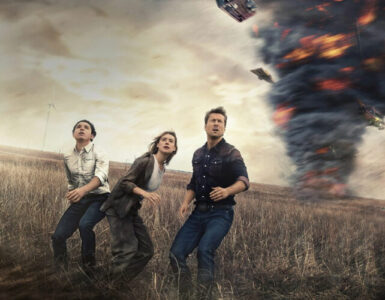There are very few live-action adaptations that are universally embraced by fans. The new Cowboy Bebop, from streamer Netflix, is likely to cause divisive reactions from fans of the original anime that debuted in Japan in 1998, and premiered in the United States in 2001.
But that’s okay, because this version, which stars veteran Hollywood stalwart John Cho as Spike Spiegel, lifts quite a bit from the original anime, but condenses elements to turn it into a 10-episode adaptation that seems too short once you get to the two-part finale. Nonetheless, it is an inspired and creative take that is likely to win over new fans, as well as convince some of fans of the original that when American studios try to take over and adapt a popular Japanese anime, there is still a chance, however slim, that the property might succeed.
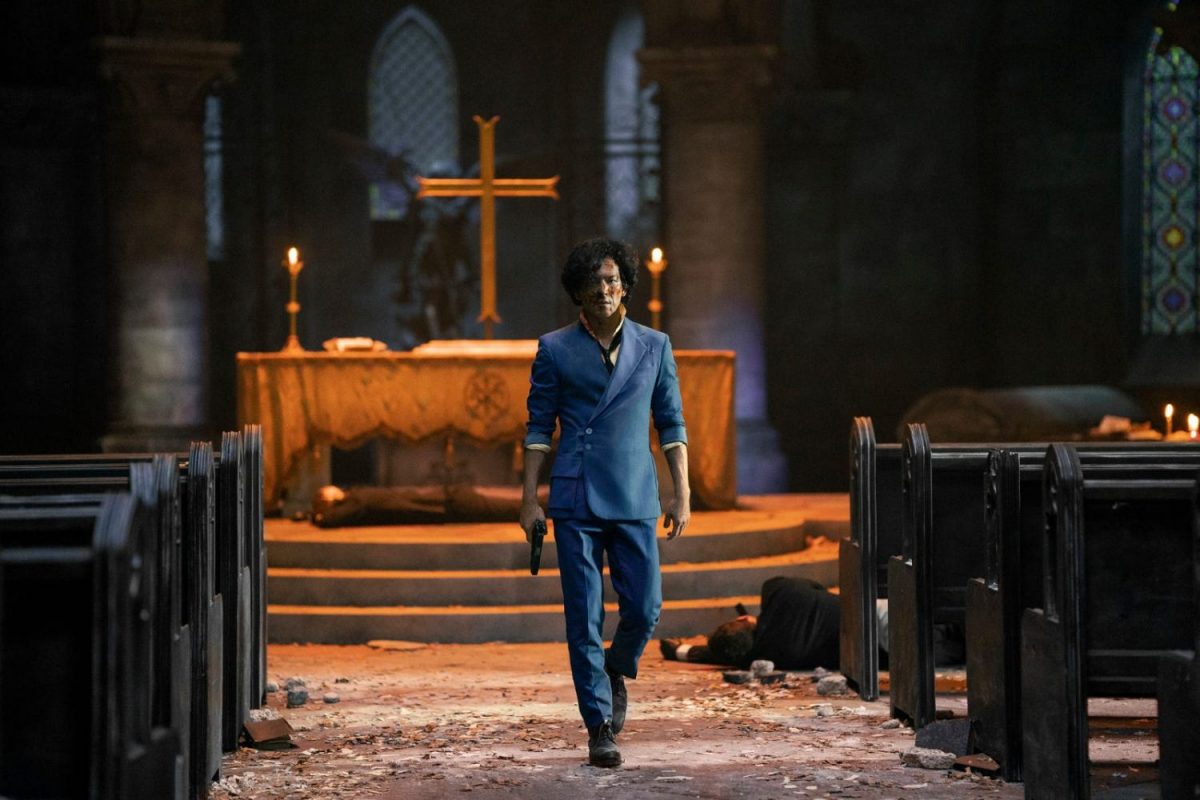
There are many ways for live-action producers to take on the source material and create a new version for fans. The most common way, as seen in Michael Bay’s Bayformers mega franchise, as well as more recently with Netflix’s own adaptation of popular manga series Death Note, has been to take the core elements, names, and certain core narratives, and turn it into something familiar, but altogether new. Fans of the original hate it, but it can still win over new audiences.
Then there have been instances of adaptations so loose, much like the Resident Evil movie franchise, where the final live-action product bears little resemblance to the original source material, which in this case, are the popular video games, save for some key names and little pockets of fan service.
But in Japan, there have been many instances where creatives from the anime industry lift heavily from the original manga series, and create something very familiar and similar to the source material, while also putting in slight touches that do not necessarily follow the original but sticks rather close to the spirit of the original.
One that comes close is City Hunter, from the mind of Tsukasa Hojo. The manga is still one of the most revered to come out of the country, and it was soon adapted into a popular anime series that borrowed heavily from the manga, but changed elements to fit the anime format. Can one love both? A lot of fans do, since the anime gets a lot of the spirit of City Hunter right, though there is no denying that the manga is the one true version fans follow.
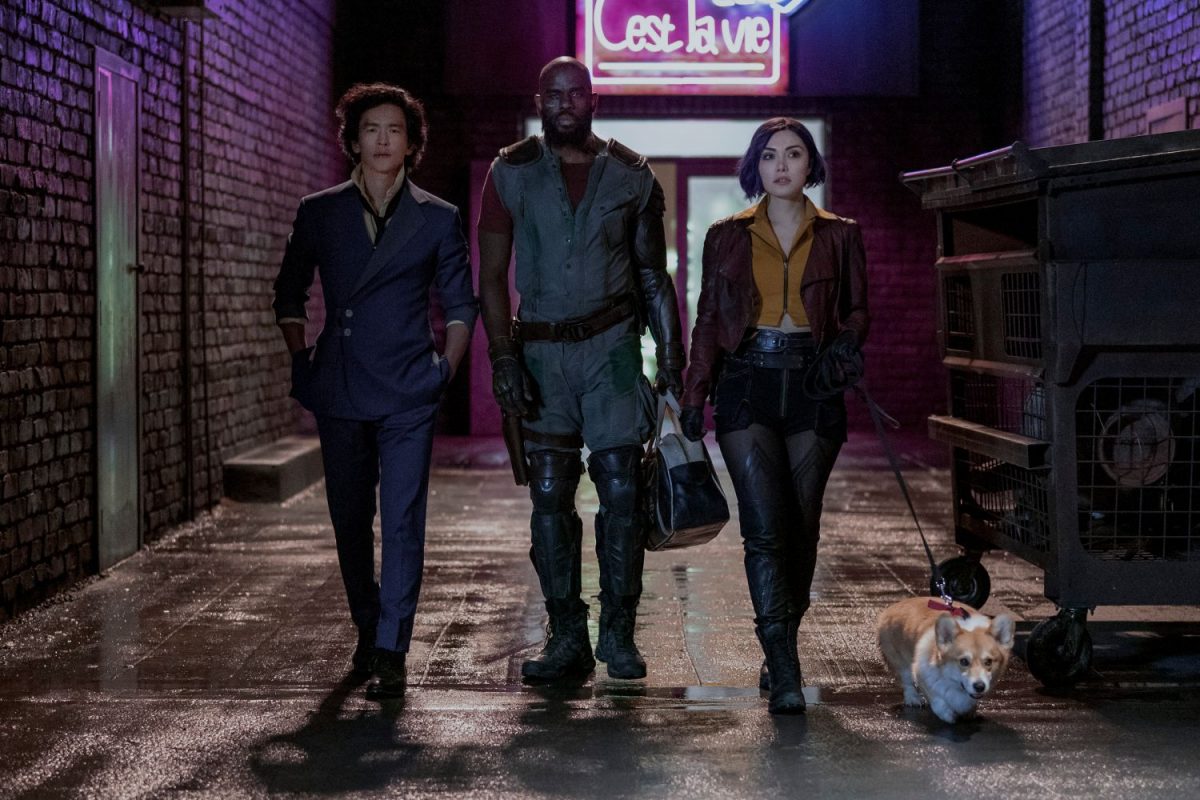
And it is very clear that the folks behind this live-action take of Cowboy Bebop are huge fans of the original anime that only ran for one season across 26 episodes, along with a companion movie. From the way John Cho plays Spike Spiegel, with the hair, costume and drawl, to ex-cop turned bounty hunter Jet (Mustafa Shakir), with his single metal arm and attitude, it clear that Netflix isn’t keen on an American spin on the source material.
For a series about a group of bounty hunters aka cowboys chasing criminals in their ship, the Bebop, across planets to earn Woolong rewards, the original was pretty much a neo-noir character study with sci-fi elements to it, establishing a galaxy of criminal activities that follow mankind across the stars.
The production team spent a lot of time recreating the familiar Western frontier feel of space travel that has been proudly depicted in several forms across cartoons and TV shows, including Sabre Rider and the Star Sheriffs, and more recently, Firefly, and here, the producers have seen what the anime established to work reasonably well, so they have a template of what possibly looks good on camera, and know-how they can recreate it.
When it comes to spaceships and battles, there is a certain old school retro feel to it, so instead of touchscreen panels and holograms ala Star Trek, there’s use of what looks to be CRT displays mixed with LED screens, and use of physical buttons and regular projectile weapons, meaning less laser weapons and more handguns. Every new city, or rather town, on any new planet looks and feels like small towns without the skyscrapers, but this is also because it’s very obvious that this series was filmed at the Universal Studios lot in Los Angeles.
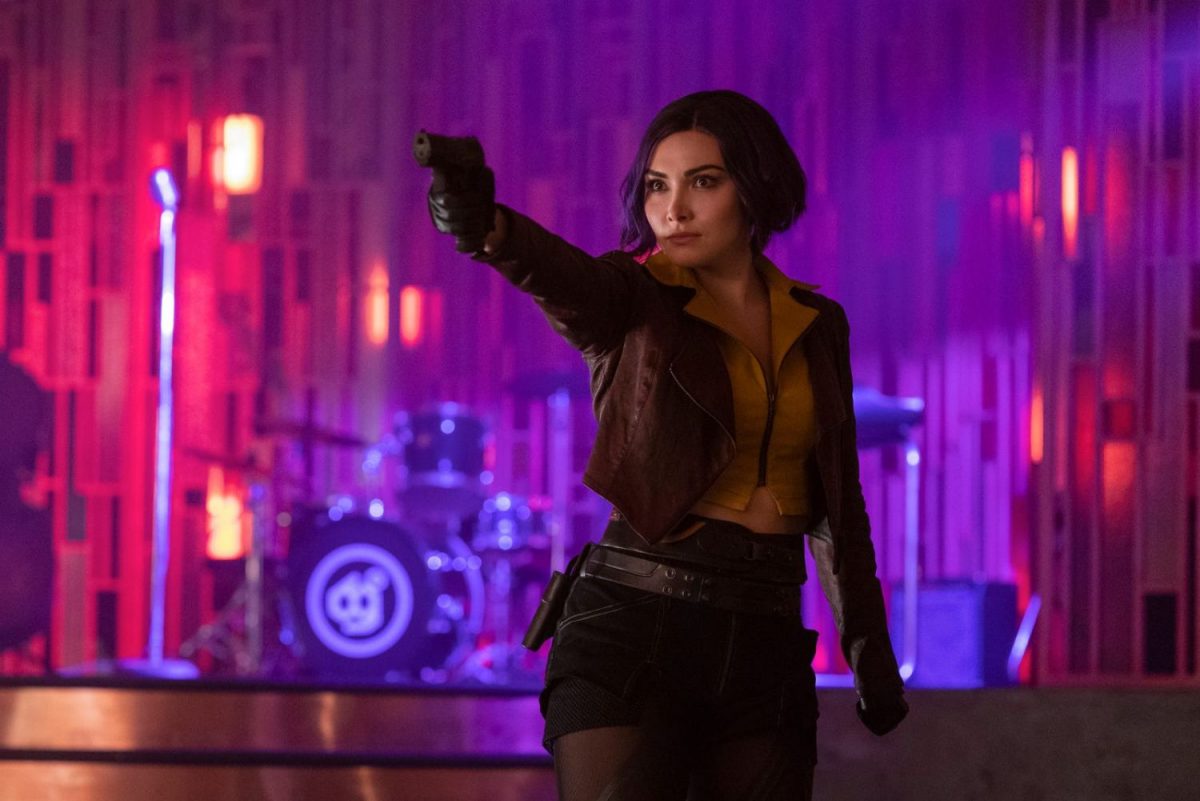
Those buildings and sets are typically two or three storey buildings that fit nicely into the world of a frontier town in Cowboy Bebop and just as you think they are skimping on the budget, in comes shots of space crafts landing on water, and flying through space gates between planets. There is plenty of world building to ensure that the universe of Cowboy Bebop is a fully realised on, even if sound stages were used.
So how do you fit 26 episodes into 10, almost hour-long episodes? You can’t and they don’t. Think of the live action series as a condensed version, with slight tweaks and changes. It’s like retelling the events of something you saw and experienced, but to somebody who wasn’t there. You remember the key elements and approaches, but drop some unimportant details to push the story ahead.
For example, the first episode of the live-action follows the anime quite closely, where Spike and Jet are hunting down a member of the criminal network, Syndicate, and his pregnant girlfriend. But unlike the anime, which introduces the series with Spike and Jet hunting down the criminal duo, the producers have to introduce Faye Valentine (Daniella Pineda) very early on as well, to have audiences familiar with the core trio, before it becomes a quartet, and finally, a quintet.
And that’s where fans will find some elements a little disjointed. Faye appears and doesn’t reappear until two episodes down the line, which means that while the filmmakers want the trio to be a focus, the anime has more breathing room but the live-action series has no reason for Faye to be in every episode.
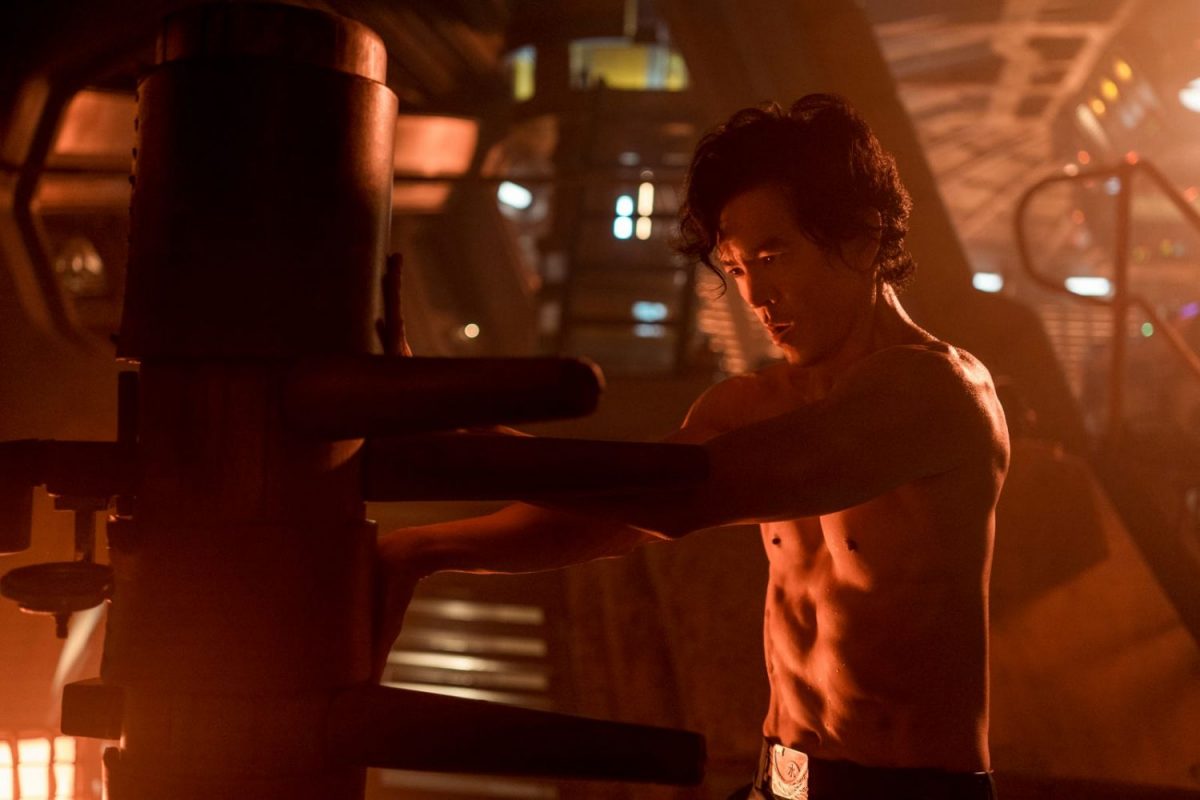
The same goes for the core narrative of Spike and who he really is in the anime. We hear about the Syndicate and slowly learn elements from his history in the anime, but over here, Vicious (Alex Hassell) appears in the beginning, alerting audiences more of Spike’s backstory from the get go, that Fearless aka Spike, is still alive. But that has more to do with squeezing events from the anime into 10 longer episodes, and the good news is that the creators don’t try to squeeze in all 26 episodes.
Instead, they take the more familiar episodes from the beginning, rearrange things and lays it out neatly. Sadly, they do overlook some details, such as the introduction of Pierrot Le Fou aka Mad Pierrot Tongpu, as well as the whole backstory of Faye’s search for her life before her amnesia, including that episode where members of the team head to Earth to search for a device that would playback an old data tape that Faye manages to get her hands on.
As the end credits for each episode, or session comes up, you can’t help but feel that there is more missing because in 10 episodes, we already have three standalone ones that focuses heavily on the main trio, to get audiences familiar with them and once you remove these three, you are basically left with seven episodes of storytelling that leads to the inevitable showdown between Vicious and Fearless, at the church.
When it comes to casting, John Cho might not have been the most obvious choice for Spike, but 2 episodes in, you can see why Cho makes a believable Spike, one who, despite his past and misdeeds, is hopeful and still a stand-up guy who wants to do the right thing by his current partner, and confront his former one. Shakir’s Jet is a no-nonsense ex-cop who hates criminals and wants to be a good father, even when life throws him a bad card.
Meanwhile, Pineda’s Faye is actually the heart of the series, and whether she is double crossing the team or doing her best to navigate a future and past she doesn’t recognise, her character is the one audiences will have a feel for.
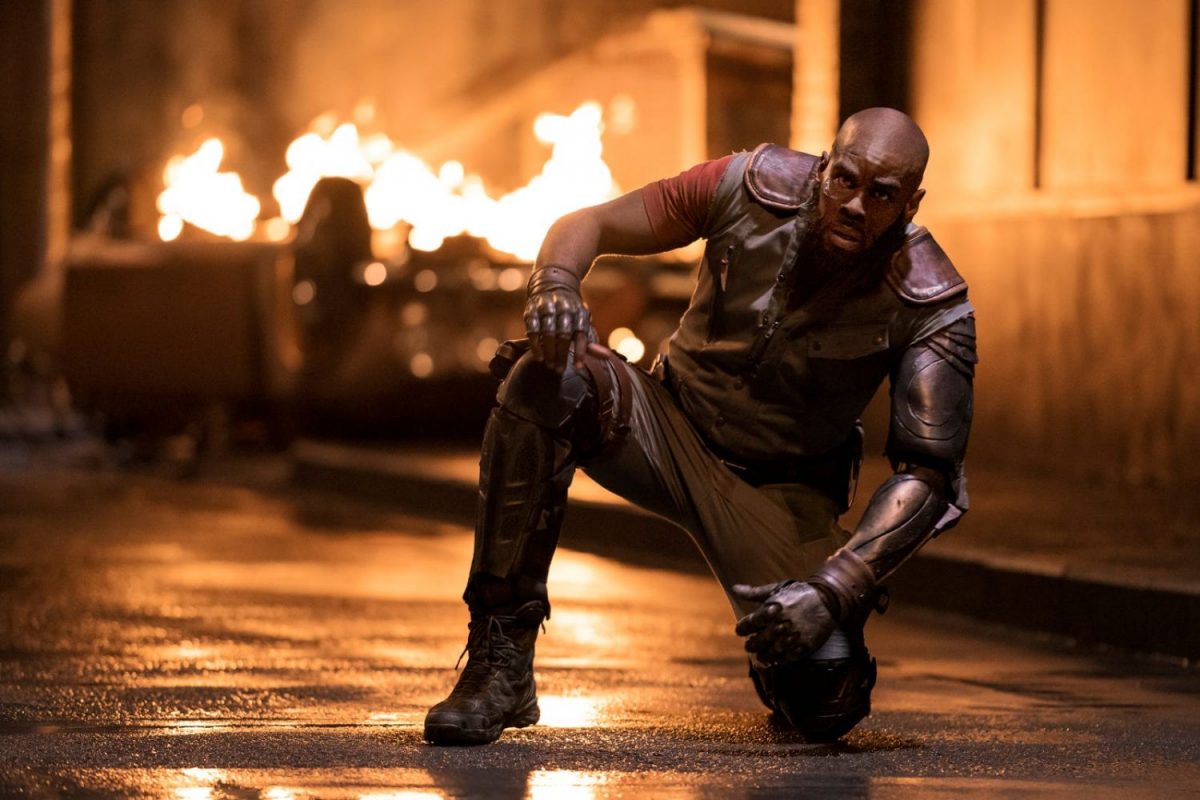
As for the action, it’s a toss between following the anime, or depicting gun-fu the way the John Wick series has. In the anime, Spike is depicted as having Bruce Lee-like moves, and it’s good that Cho’s take is more grounded, in that he can fight, but only as much as the action choreography allows. The gun battles are a tad inconsistent, and updating them to something more fluid and John Wick style might upset some fans, but it’s clear that the action choreography team needs a little bit more work in this arena.
Because of the way the anime was shot, there are some uses of lights, shadows and colour palettes here that try to create a noir-ish feel, though they don’t always succeed. At times, it’s as if the two directors, Alex Garcia Lopez and Michael Katleman, who directed five episodes each, weren’t clear on what they wanted to show.
But for all the slip-ups, they did engage the director of the anime series, Shinichirō Watanabe, as a creative consultant, and to their credit, they get more correct than they get wrong.
As for the music, there is no denying that Yoko Kanno signatures are all over the series. As the original composer for the anime, the jazz tunes form much of the character of the series, and it’s not simply getting her score, and injecting it into the series. Time and time again, you hear the familiar tunes of Tank and whiffs of The Real Folk Blues, and at the final episode, that iconic vocals of Green Birds. The soundtrack from Cowboy Bebop is still amazing after 20 years, and continues to elevate the series, now in live-action form.
After the rather abrupt twist in the season finale, it’s also obvious that writer Christopher Yost wants to try something new in this version, rather than be a slave to the original. While the change is questionable, it makes the desire for season two even greater.
GEEK REVIEW SCORE
Summary
Netflix’s Cowboy Bebop is a strong and faithful adaptation that sets the tone of what Hollywood can do to get things right. While there are some misses, this will be one of the stronger ones that fans will embrace.
Overall
8.3/10-
Story - 8/10
8/10
-
Direction - 8/10
8/10
-
Characterisation - 8/10
8/10
-
Geek Satisfaction - 9/10
9/10

